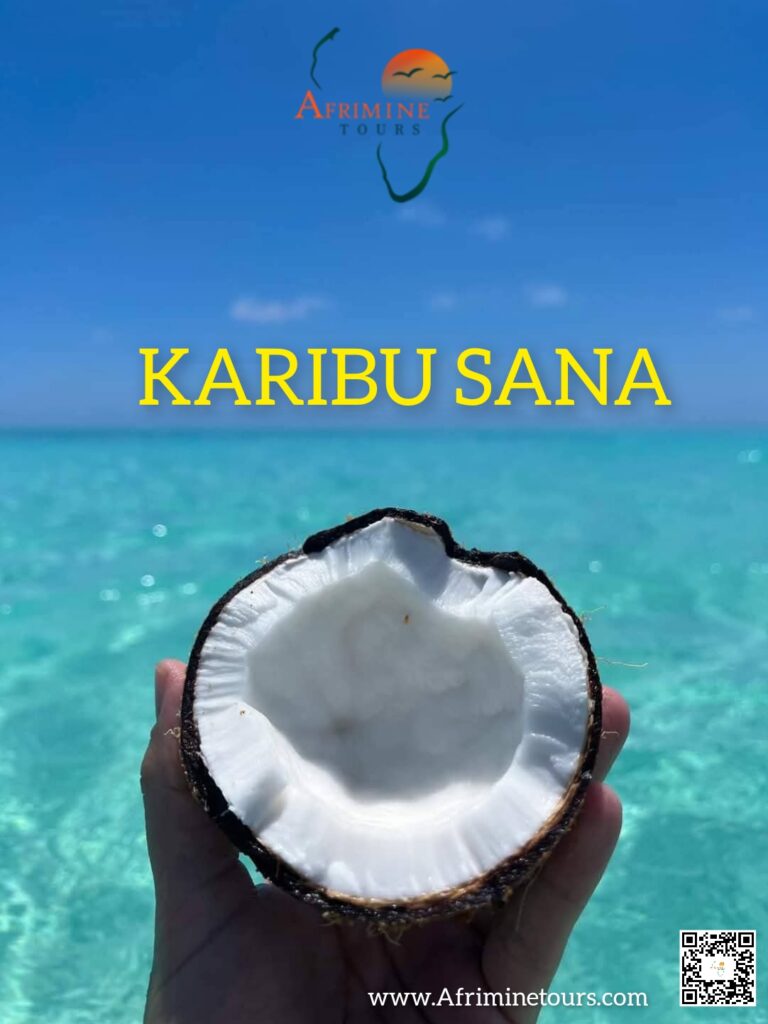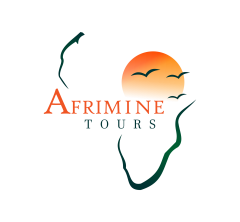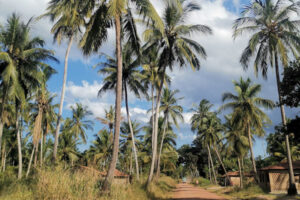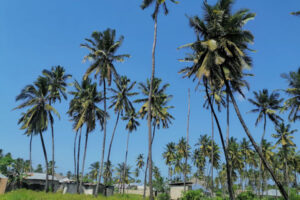Coconut Palms in Zanzibar -
The Tree That Sustains Island Life
When you picture Zanzibar, your mind probably drifts to spice markets, pristine beaches, and turquoise waters. But one of the island’s quiet heroes is the humble coconut palm — a towering symbol of island life that offers far more than scenic beauty.
Known locally as mnazi, the coconut palm is deeply woven into the daily rhythms, economy, and culture of Zanzibar. From street food to beach huts, this tree is everywhere — and for good reason. Let’s dive into how the coconut palm shapes life on this tropical island.
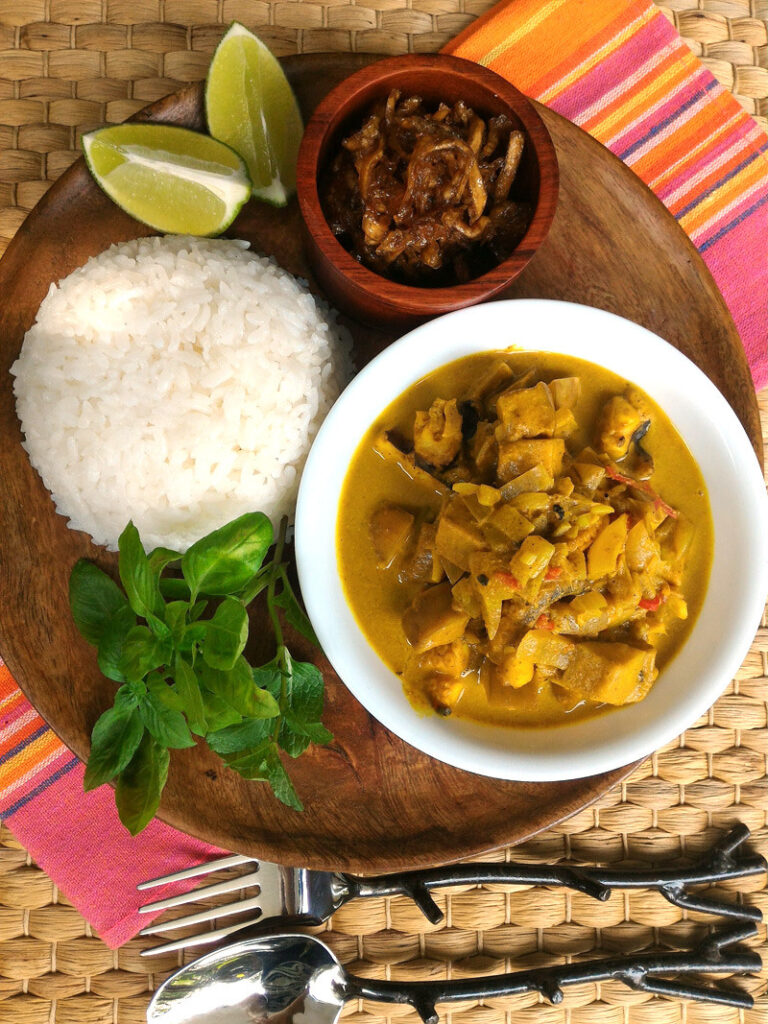
Taste Zanzibar – Coconuts in Local Cuisine
Food lovers, this one’s for you! Coconut plays a starring role in Swahili cuisine, giving Zanzibari dishes their rich, creamy depth.
- Wali wa Nazi – rice cooked in coconut milk, often paired with spiced seafood or vegetables.
- Maharage ya Nazi – kidney beans in coconut sauce, a vegetarian staple.
- Pweza wa Nazi – octopus in a luscious coconut curry, found in beachside eateries.
- Madafu – fresh, chilled young coconut, served at every corner to quench your thirst.
A Staple of the Zanzibari Diet
Coconut Milk
Coconut milk is a cornerstone of Swahili cuisine. It’s used in dishes like pweza wa nazi (octopus in coconut sauce), maharage ya nazi (beans in coconut milk), and wali wa nazi (coconut rice). Grated coconut flesh is squeezed with water to make the creamy liquid that gives local dishes their distinctive richness.
Coconut Water
Fresh coconut water, often sipped straight from the nut, is a popular natural refreshment in Zanzibar, especially in the coastal heat. It’s also believed to have cooling and cleansing properties.

Livelihood and Trade
Coconut farming is a source of income for many rural communities in Zanzibar. Farmers sell coconuts at local markets and to vendors who prepare madafu (young coconuts) for tourists and locals alike. The copra (dried coconut meat) is used to produce oil, which is sold for both culinary and cosmetic use.
Coconut palm products also support small-scale industries that make items like:
- Handwoven mats and baskets
- Traditional hats (kofia ya mnazi)
- Coconut oil soaps and balms
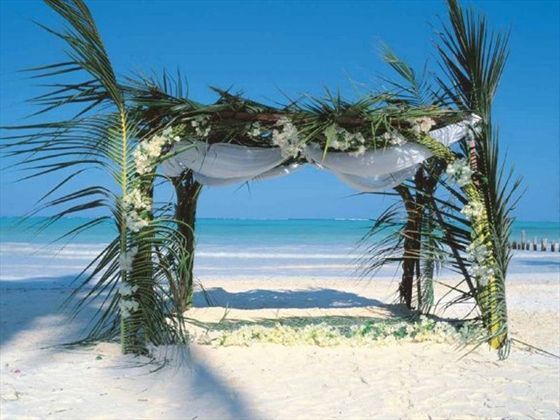
Traditional Crafts from Palm Leaves
Coconut leaves are skillfully woven into mats (mkeka), fans, and roof thatch (makuti). In rural Zanzibar, makuti roofs are still common on houses and community buildings, offering excellent insulation from the tropical sun.
During weddings and religious ceremonies, palm leaves are used for decoration and symbolic art, reflecting their role in both daily life and spiritual culture.
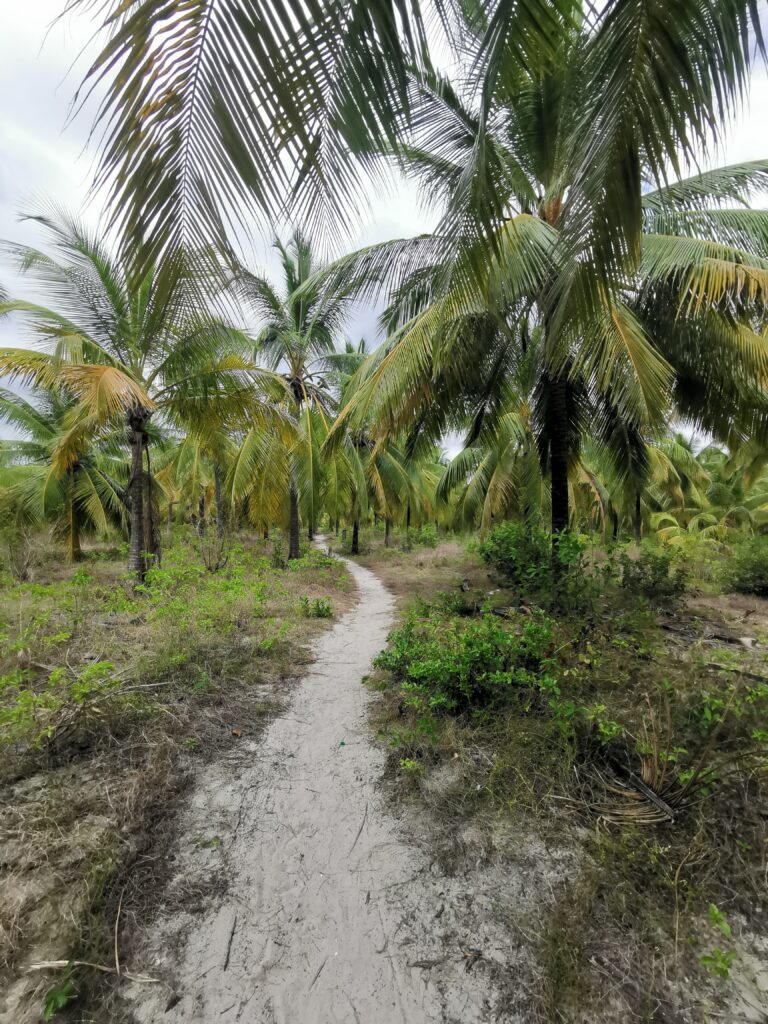
Herbal and Environmental Value
In traditional Swahili medicine, parts of the coconut palm — including the roots and oil — are used to treat various ailments. Coconut oil is also widely used for hair care and skin protection, especially in the strong sun and salty air of the coast.
Environmentally, coconut palms help to prevent soil erosion along Zanzibar’s coastline and are often planted to provide shade in open spaces and farms.

Coconut Palms – A Tree of Life in Zanzibar
In Zanzibar, the coconut palm is far more than a picturesque backdrop. It is a living symbol of resilience, sustainability, and resourcefulness. From food and shelter to beauty and tradition, it touches nearly every aspect of island life.
So next time you sip fresh madafu under the shade of a palm on a Zanzibari beach, remember — you’re enjoying a gift from one of the island’s most generous and essential trees.
Planning a trip to Zanzibar? Be sure to try a fresh coconut and bring home a handmade souvenir woven from the leaves of this iconic island tree.
Have a favorite coconut dish or Zanzibari experience?
'The two basic items necessary to sustain life are sunshine and cocont milk'
~
Dustin Hoffman
